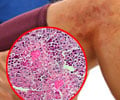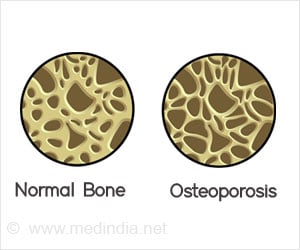An international team of researchers has revealed that the inhalers which asthmatics use for symptomatic relief will increase the chances of an attack.
An international team of researchers has revealed that the inhalers which asthmatics use for symptomatic relief will increase the chances of an attack. Mathematical modeling techniques have been used in the research to predict as to when an asthma attack is likely to take place. The science journal ‘Nature’ has published the results of the study.
Silverman, professor of child health in the Department of Infection, Immunity and Inflammation at the University of Leicester, said: 'Asthma is a very common and often disabling condition. About one in 10 children and one in 20 adults suffer from the disease.'Although it is a chronic illness, variability in both the severity and the interval between attacks, is one of its most characteristic features. Attacks appear to be at random, as a result of a whole range of external agents, such as common colds, fluctuations in the weather, and exposure to allergic triggers'.
'Our new study applies mathematical models which are commonly used in engineering, but not in medicine to study the occurrence of asthma attacks. The mathematical models are based on processes, which are commonly known as chaos'.
We have analyzed lung function measurements, taken daily for six months in a large group of asthma sufferers, during a clinical trial which had been carried out in New Zealand. The apparently random nature of these lung function measurements conceals a hidden order, referred to as long-term correlation.
'We showed that the degree of ordering improves as the clinical condition improves. It is possible to analyze the data for individual subjects, and to predict the likelihood of an acute attack occurring over the next month'.
He said it was a matter of alarm that the results show that an inhaler, which is commonly used by asthmatics for relief, if used regularly, can increase the instability of the lung function, and increase the likelihood of an acute attack.
Silverman added that the implications of this analysis are considerable and said, 'It may be possible to determine the risk of a severe attack of asthma in individual subjects, and to use the information to modify their treatment. It may also be possible to carry out clinical trials of new anti-asthma treatments in a much more efficient way than has been done in the past'.
(IANS)











